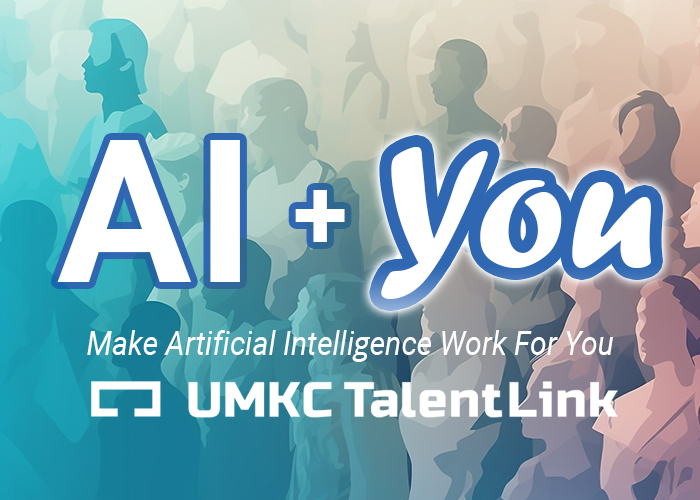homepage | Meet Generative AI’s Sibling Predictive AI
July 31, 2023
July 31, 2023

Meet predictive AI, the less famous but equally important sibling of Generative AI.
Generative artificial intelligence apps like ChatGPT, Bard, and others have garnered significant attention and media coverage, deservedly so. These chatbots and other AI tools save time and increase productivity. But Gen AI tools can’t do everything.
Predictive AI relies on machine learning and statistical algorithms to spot patterns in data and infer future outcomes. While creative fields use Gen AI, Predictive AI is geared toward data-rich industries such as finance, healthcare, and marketing.
Using Predictive AI, people can more readily study and analyze historical data, assess patterns, and detect anomalies. They can make business decisions based on predicted future trends, opportunities, and threats in quick fashion.
“With predictive forecasting, I would say that many firms are using AI so that they can be more accurate in determining demand, down to some of the most sub-regional levels possible,” Andrew Stucchio, vice president of global pricing and analytics at Discover Global Network, told PYMNTS.
AI Integration Trend
AI tools like ChatGPT are rapidly being integrated into products and services at the enterprise level. ChatGPT creator OpenAI uses Stripe’s financial infrastructure platform as a global payments system, where consumers can seamlessly purchase monthly ChatGPT subscriptions or buy DALL-E credits.
Stripe is also testing 14 GPT-4 prototypes. One test product would enable “Stripe’s customers to make queries about their business analytics using natural language instead of needing to write database queries.”
Predict Able
What predictive tools and techniques can small and medium-sized businesses deploy if they don’t have enterprise-level resources?
Fraud Detection
Aforementioned Stripe has released Stripe Identity. This self-service tool enables businesses from Amazon to Discord to startups to “programmatically confirm the identity of global users and prevent attacks from fraudsters while minimizing friction for legitimate customers.” Stripe manages customer data in a encrypted format, using computer vision and machine learning to “read” and match up government IDs with live selfies.
Learn more: Here’s a helpful explainer about how AI-based machine learning is used in other forms of fraud detection.
Email Platform
If you’re a Mailchimp user, then “Mailchimp uses predictive analytics to analyze past purchase behavior and predict contacts with a high, moderate, or low customer lifetime value. Then, those predictions are used to segment your customers automatically.”
Data Analysis
Akkio chats with your data and builds visualizations and insights. Its AI helps users to understand key data-based variables that drive business outcomes.
Amazon SageMaker’s data analysis tool can assist with fraud detection, churn prediction, personalized recommendations, and more.
For retail, consider DataRobot. Its tools can assist with customer personalization that can lead to upselling and cross-selling. Produce forecasts from supply chain to merchandising to marketing. Financial services firms also use DataRobot to mitigate risk with compliance and trade decisions, identify customer insights, and more.
Obviously.AI is yet another data analysis tool that can help predict churn, lead conversion, sales, dynamic pricing, and more.
Polymer is a no-coding option with spreadsheets that are “searchable, intelligent, and interactive instantly.” The tool enables marketers to import data from Google, Facebook, or other advertising platforms, identify the best performing creatives, and optimize ad budgets, The platform can assist with uncovering customer trends and purchase patterns in retail as well as track performance for sales teams.
For larger companies and enterprise-level clients, Slalom helps migrate Tableau workloads to AWS, facilitating faster analysis and decision-making. This capacity proves useful for supply chain logistical models, for instance, where artificial intelligence and machine learning models enable companies to better manage risk and predict outcomes.
Optimal Staff Scheduling
Leawood, KS-based TeraCrunch applied its Predictive Analytics Scheduling Optimization Tool to help a healthcare client predict staffing demand and optimize its scheduling with hyper accuracy to reduce costs.
Reduce Customer Churn
TeraCrunch’s advanced analytics increased the targeting effectiveness of a marketing plan to combat customer churn for a telecom service provider and retailer.
Image, Text, or Document Classification
Levity enables users to train custom models on their specific use-case data. Consider this tool for email management, social media listening to uncover trends and optimize messaging, classification of customer product reviews, client call notes, or customer feedback.
E-Commerce
Noogata is an AI assistant to support Amazon sales growth for digital brands. Get Amazon insights in a streamlined feed, receive alerts when competitors make changes that impact your brand, boost keyword ads, and integrate data from eCommerce marketplaces, advertising platforms, and direct-to-consumer platforms into a single cloud-based data warehouse.
Let UMKC TalentLink know how you are using artificial intelligence. Email us with your story and tips.
If you haven’t already, please join our newsletter AI + You and share it with others. You’ll receive updates on our latest posts on artificial intelligence and how it impacts work and innovation.